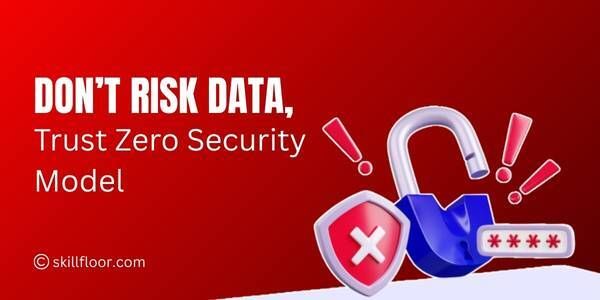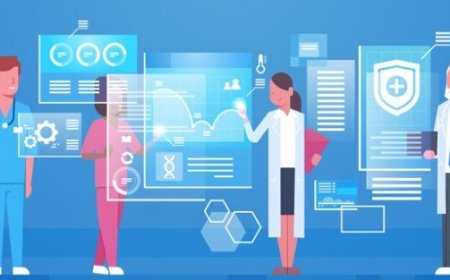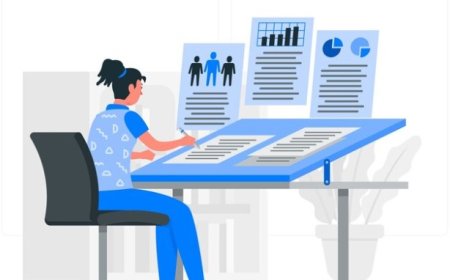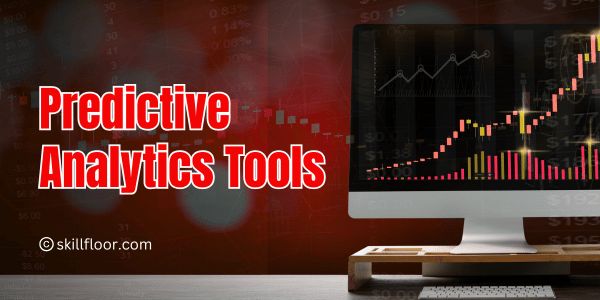Essential Skills for Data Analysts
Enhance your data analysis prowess with essential skills for data analysts. Learn data visualization, statistical analysis, and more. Elevate your career today.
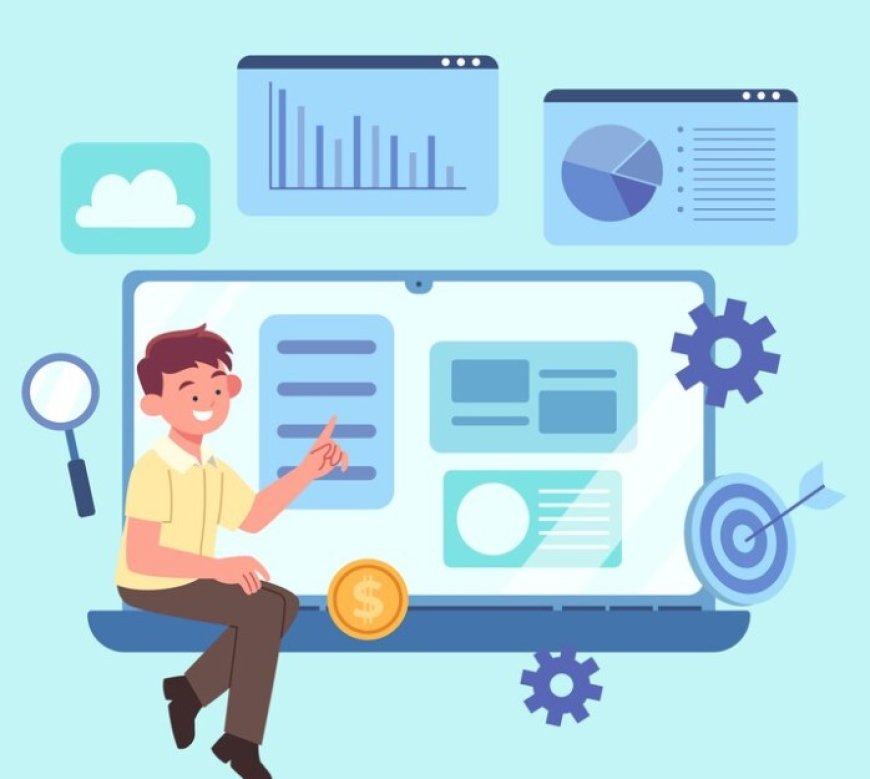
In today's data-driven world, the role of a data analyst is more critical than ever. Organizations across industries rely on data to make informed decisions, optimize processes, and gain a competitive edge. Data analysts play a pivotal role in this landscape by transforming raw data into actionable insights. To excel in this profession, it's essential to possess a specific set of skills that go beyond just number crunching.
Statistical Analysis
Statistical Analysis is a fundamental and indispensable component of data analytics. At its core, statistical analysis involves the systematic collection, interpretation, and manipulation of data to uncover meaningful patterns and insights. It's not just about working with numbers; it's about using mathematics and statistical methods to make sense of data, draw conclusions, and support decision-making. Here are some key aspects of statistical analysis:
-
Descriptive vs. Inferential Statistics: Statistical analysis can be broadly categorized into descriptive and inferential statistics. Descriptive statistics involve summarizing and presenting data in a meaningful way, often using measures like mean, median, and standard deviation. Inferential statistics, on the other hand, allow us to make predictions or inferences about a population based on a sample of data.
-
Hypothesis Testing: Hypothesis testing is a critical component of statistical analysis. It involves formulating hypotheses about relationships or differences in data and using statistical tests to determine whether the observed results are statistically significant or just due to chance. This helps analysts draw meaningful conclusions from data.
-
Regression Analysis: Regression analysis is a powerful tool in statistical analysis, used to model relationships between variables. It helps analysts understand how one variable (the dependent variable) is affected by one or more other variables (independent variables). Linear regression, logistic regression, and multiple regression are common techniques used for this purpose.
-
Probability Distributions: Understanding probability distributions is crucial in statistical analysis. Analysts need to know about different probability distributions (e.g., normal, binomial, Poisson) and how they relate to real-world data. These distributions help in modeling and making predictions.
-
Statistical Software: Statistical analysis often involves working with specialized software such as R, Python (with libraries like NumPy, SciPy, and pandas), or statistical software like SPSS or SAS. These tools streamline data analysis and make complex statistical techniques more accessible.
Data Cleaning and Preparation
Data cleaning and preparation are fundamental steps in the data analysis process. Raw data, when collected, is rarely in a pristine state suitable for analysis. It often contains errors, inconsistencies, and missing values, making it necessary to perform data cleaning and preparation before any meaningful analysis can take place. This crucial phase ensures that the data is accurate, complete, and ready for further exploration.
One of the primary tasks in data cleaning is handling missing values. Missing data can skew analysis results and lead to incorrect conclusions. Data analysts employ various techniques to address this issue, such as imputation, where missing values are estimated or replaced with suitable values based on statistical methods or domain knowledge. This ensures that the dataset remains robust and unbiased.
Another aspect of data cleaning involves dealing with outliers—data points that significantly deviate from the norm. Outliers can distort statistical measures and adversely affect model performance. Analysts must decide whether to remove outliers, transform the data, or investigate their origins, depending on the context of the analysis.
Data Visualization
Data visualization is a powerful method of representing data visually to help individuals, organizations, and decision-makers gain insights, identify trends, and communicate complex information more effectively. It involves the use of graphical elements such as charts, graphs, maps, and interactive dashboards to present data in an easily understandable and accessible format. Data visualization leverages our innate ability to process visual information quickly and efficiently, making it an essential tool in fields ranging from business analytics and scientific research to journalism and public policy.
One of the primary purposes of data visualization is to make data more accessible and comprehensible. Raw data, especially in large quantities, can be overwhelming and difficult to interpret. Through visual representation, data is transformed into meaningful patterns and relationships that can be grasped at a glance. This enables individuals to make informed decisions, identify outliers or anomalies, and spot trends that may not be apparent when examining rows and columns of numbers.
Different types of data visualizations are chosen based on the nature of the data and the message that needs to be conveyed. Common types include bar charts, line graphs, scatter plots, pie charts, heat maps, and geographic maps. Each type of visualization has its strengths and weaknesses, and selecting the right one depends on factors such as the data's structure and the story you want to tell.
Programming
Programming is the art and science of instructing a computer to perform specific tasks or solve problems through a set of organized and structured instructions. These instructions, often referred to as code, are written in programming languages that humans can understand and computers can execute. Programming is the backbone of the modern technological world, powering software, applications, websites, and a myriad of digital systems we rely on daily.
At its core, programming is about problem-solving. Programmers identify a problem or a task they want a computer to address, break it down into smaller, manageable steps, and then write the code that tells the computer how to execute those steps. This process demands logical thinking, attention to detail, and creativity, as programmers must find efficient and elegant solutions to various challenges.
Programming languages are diverse, each designed for specific purposes and scenarios. Some languages, like Python, are known for their simplicity and readability, making them excellent choices for beginners. Others, like C++ or Java, offer more control over computer hardware and are commonly used for developing software with high performance or complex applications. Web development often relies on languages such as HTML, CSS, and JavaScript to create interactive and dynamic websites.
SQL (Structured Query Language)
Programming is the art and science of instructing a computer to perform specific tasks or solve problems through a set of organized and structured instructions. These instructions, often referred to as code, are written in programming languages that humans can understand and computers can execute. Programming is the backbone of the modern technological world, powering software, applications, websites, and a myriad of digital systems we rely on daily.
At its core, programming is about problem-solving. Programmers identify a problem or a task they want a computer to address, break it down into smaller, manageable steps, and then write the code that tells the computer how to execute those steps. This process demands logical thinking, attention to detail, and creativity, as programmers must find efficient and elegant solutions to various challenges.
Programming languages are diverse, each designed for specific purposes and scenarios. Some languages, like Python, are known for their simplicity and readability, making them excellent choices for beginners. Others, like C++ or Java, offer more control over computer hardware and are commonly used for developing software with high performance or complex applications. Web development often relies on languages such as HTML, CSS, and JavaScript to create interactive and dynamic websites.
Critical Thinking
Critical thinking is a cognitive skill that involves the ability to think logically, rationally, and systematically. It is the process of actively and objectively analyzing information, concepts, situations, or problems to make sound decisions or draw informed conclusions. This skill goes beyond simply accepting information at face value; instead, it encourages individuals to question, evaluate, and scrutinize information and ideas, seeking to understand the underlying assumptions and potential biases.
Critical thinking is not about being skeptical or negative but rather about being open-minded and inquisitive. It involves considering various perspectives, examining evidence, and assessing the reliability and credibility of sources. Critical thinkers are skilled at distinguishing between facts and opinions, identifying logical fallacies, and recognizing when emotions or personal biases might influence their judgment.
One of the key elements of critical thinking is problem-solving. Critical thinkers are adept at breaking down complex problems into manageable parts, analyzing each component, and then synthesizing their findings to arrive at a well-reasoned solution. This approach is valuable in a wide range of contexts, from everyday decision-making to professional and academic endeavors.
Problem-Solving
Problem-solving is a fundamental cognitive skill that humans employ in virtually every aspect of life. It is the process of identifying, analyzing, and finding effective solutions to challenges, puzzles, or obstacles. Whether it's figuring out how to fix a malfunctioning appliance, resolving a conflict in the workplace, or tackling complex issues in science, technology, or business, problem-solving is the key to progress and innovation.
At its core, problem-solving involves several key steps. First, it requires a clear understanding of the problem. This often entails breaking down a complex issue into its constituent parts and defining the problem's scope and constraints. Once the problem is well-defined, the next step is to gather information and data relevant to the issue. This data can come from various sources, including research, observations, or past experiences.
After gathering information, problem-solvers engage in analysis. This phase involves examining the data, identifying patterns, relationships, and potential causes of the problem. Analyzing the data helps individuals form hypotheses or possible solutions. These hypotheses are then evaluated based on their feasibility, effectiveness, and potential outcomes.
Data Ethics and Privacy
Data ethics and privacy are fundamental concepts in the world of data analysis and technology. They encompass principles and guidelines that dictate how data should be collected, handled, and used to ensure that individuals' rights and interests are respected. Here are some key points to consider when discussing data ethics and privacy:
-
Respect for Individual Privacy: Data ethics and privacy start with the recognition of an individual's right to privacy. This means that data analysts and organizations must handle personal and sensitive information with care, ensuring it is not misused or disclosed without proper consent.
-
Informed Consent: Before collecting and using personal data, individuals should be informed about how their data will be used. Informed consent is a cornerstone of data ethics, and individuals should have the option to opt in or opt out of data collection and processing.
-
Data Minimization: Data should only be collected if it is necessary for a specific purpose. Collecting excessive or irrelevant data is not ethically sound. Data analysts should aim to minimize data collection to the information required to achieve their objectives.
-
Data Security: Protecting data from unauthorized access, breaches, and leaks is a crucial ethical responsibility. Organizations and data analysts should implement robust security measures to safeguard the data they handle.
-
Fairness and Bias: Data analysis should be conducted without discrimination or bias. Biased algorithms and biased data can perpetuate unfair practices and reinforce existing prejudices. Ethical data analysis aims to identify and mitigate bias in both data and algorithms.
Data analysis is a multidisciplinary field that requires a diverse skill set. To succeed as a data analyst, one must combine technical proficiency with critical thinking, domain knowledge, and effective communication. These essential skills empower data analysts to unlock the value hidden within data and drive informed decision-making. As the demand for data-driven insights continues to grow, cultivating and honing these skills will remain crucial for anyone pursuing a career in data analysis.


























